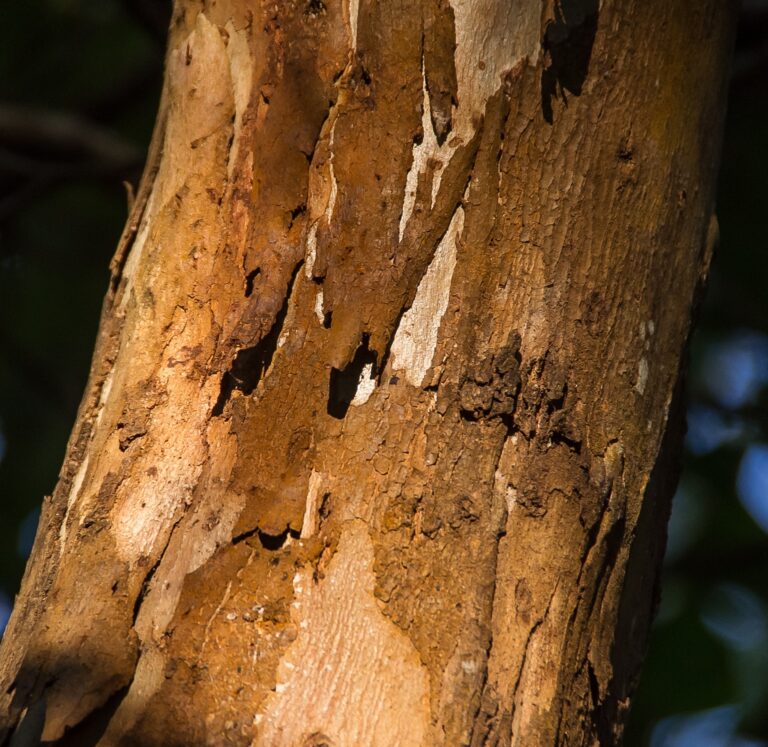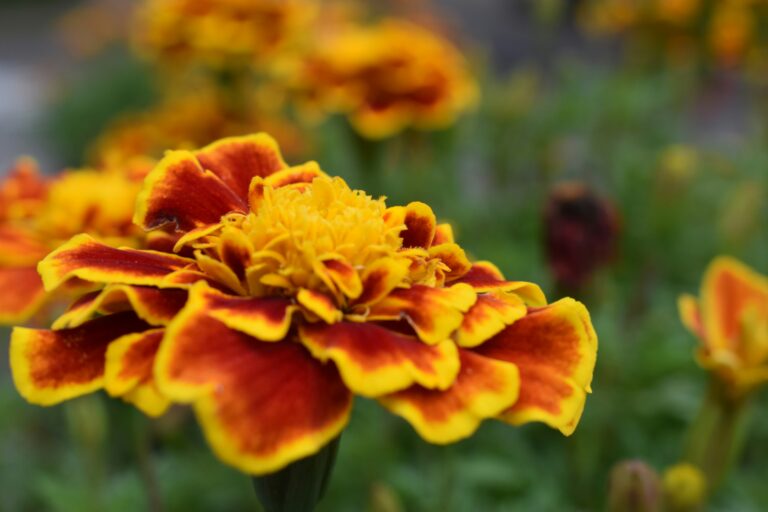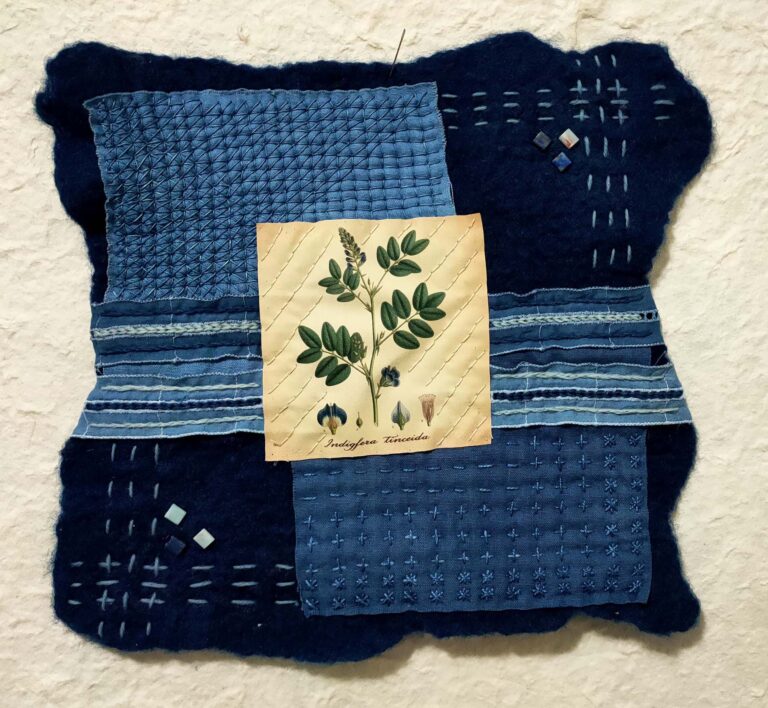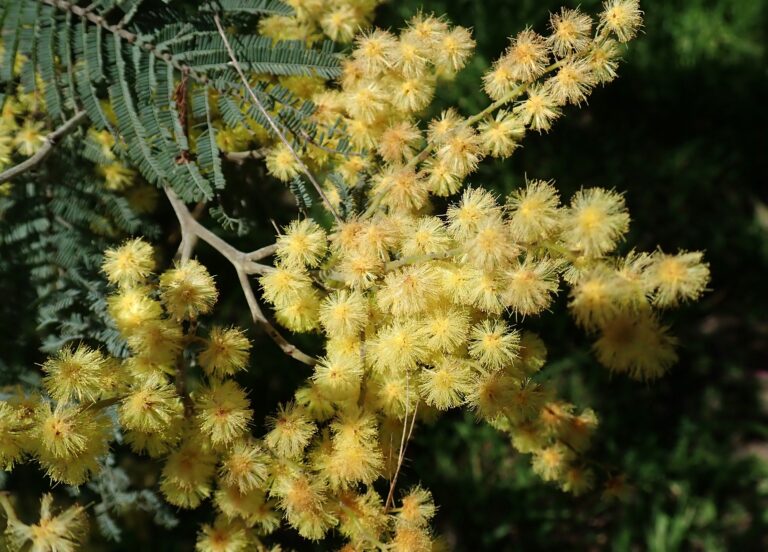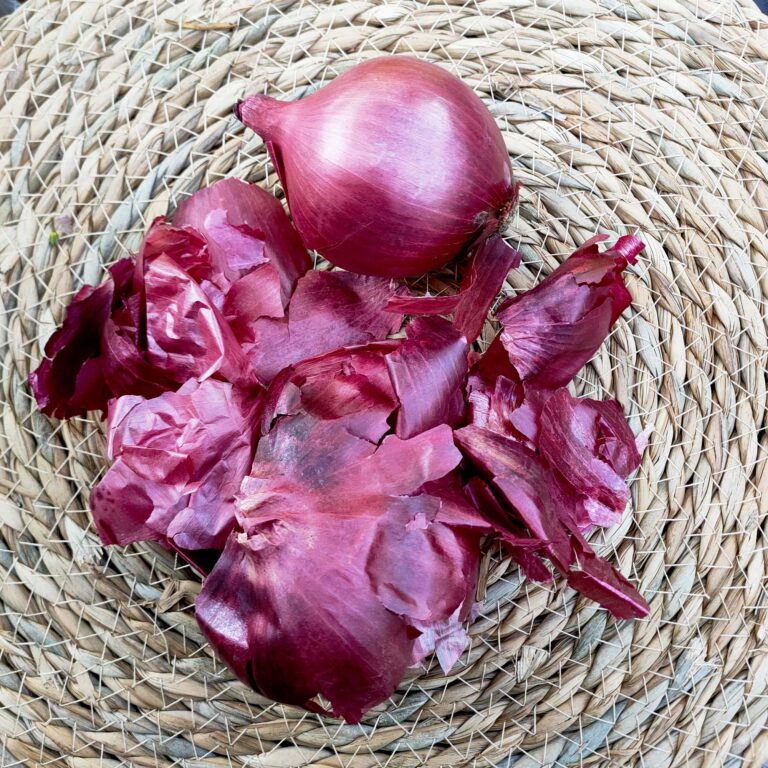Dyeing with Lilly Pillys. Colour from a white flower!

Solar Dyeing with Lilly Pilly flowers and leaves in the hot Australian Sun.
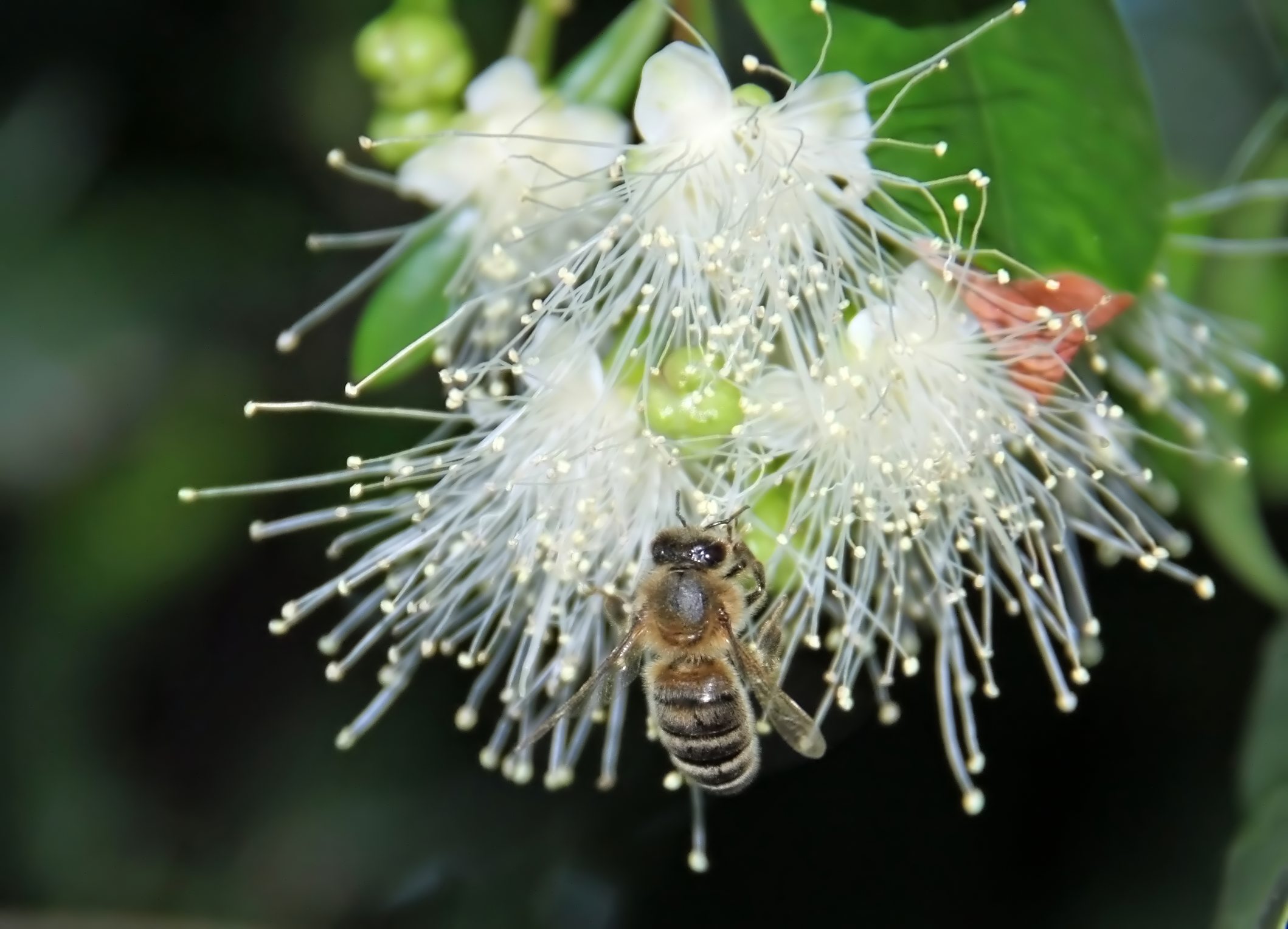
The Lilly Pilly
Ok so this is a post on a plant that is found in many Australian backyards. It is very popular as a hedge plant and can be found all over the place. If you don’t live in Australia, this experiment is a great example of how you should just try whatever plant or tree is common in your own backyard, and see what happens. You may be happily surprised!
Solar Dyeing with Lilly Pilly
With this experiment, as with most , I am going to use the process of solar dyeing.
This is basically putting your dyestuff in a glass jar and leaving it in the sun to work its magic. The beauty of living in Australia means that I do have the benefit of hot summers. If you don’t have these conditions, it does not mean you cannot try this process. You will just need to experiment with your own environments advantages and disadvantages. Leave it in a room that gets sunlight and may have great heating or try longer dyeing periods.
These experiments are only to show you what has and hasn’t worked for me, so you can pick through the information to start your own experimenting journey.

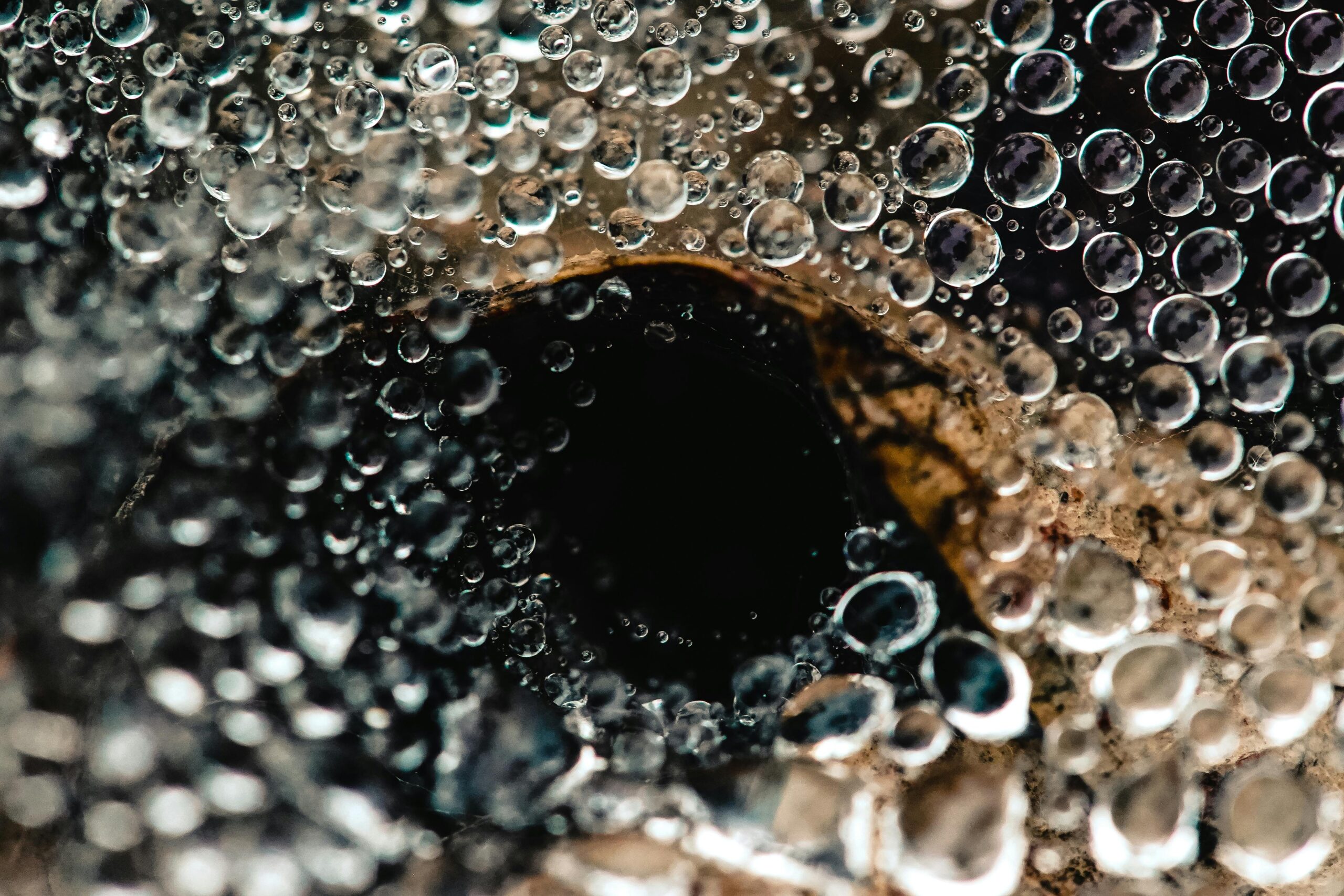
Fibre Preparation
Before dyeing you must first scour and mordant your fibre. For this particular experiment, my wool roving was mordanted in alum. For information on these processes, try this post.
What you will need
Boiling water
Leaves and flowers- (I experimented with both in 2 separate jars.)
Wool Fibre- I have used 10g of merino roving for each that was prescoured and mordanted with alum.
Bowls
Glass Jars
Washing Soda
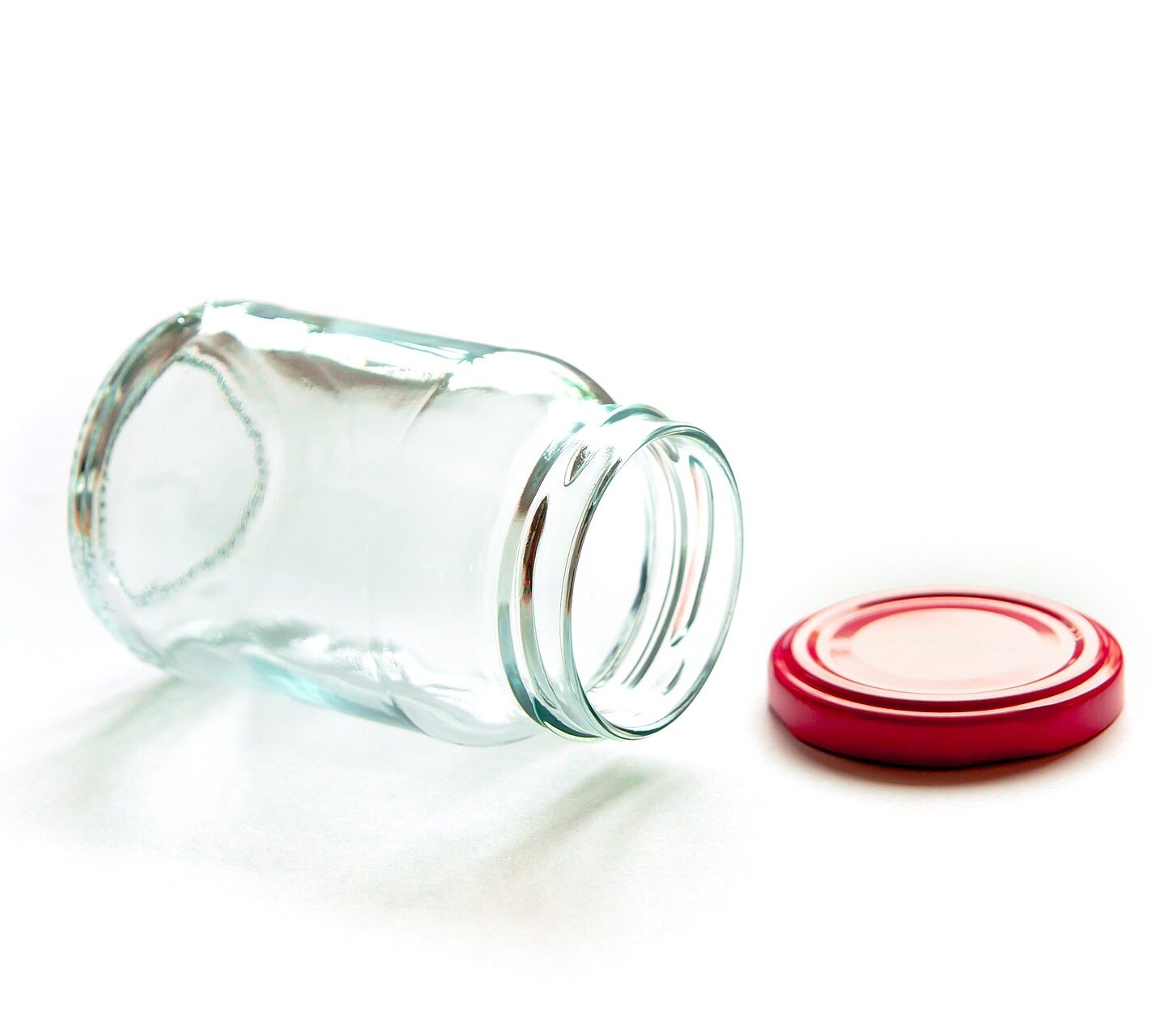
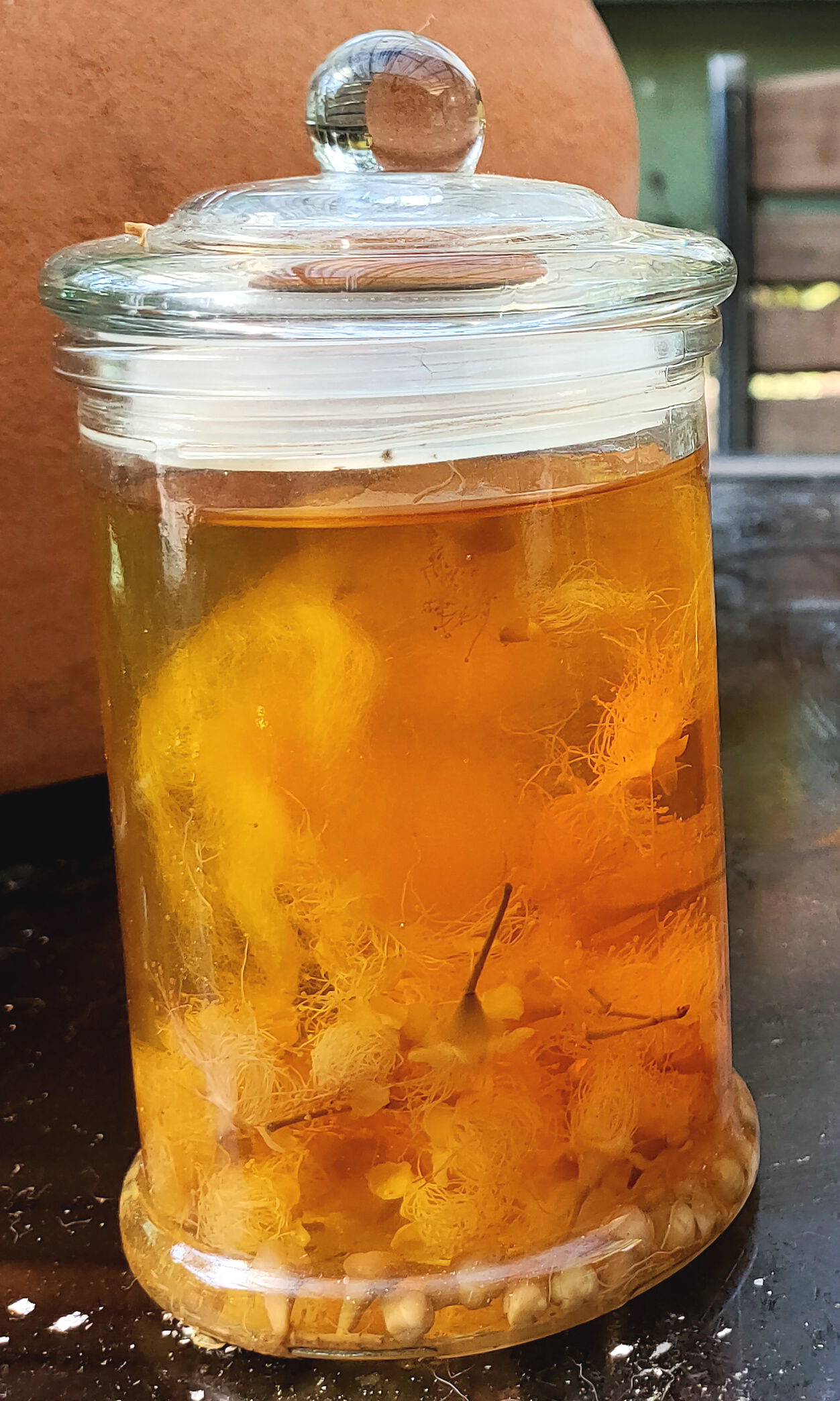
Procedure
Step 1: Place your dyestuff in a heat proof bowl and add boiling water (in this instance I separated my flowers and leaves into 2 separate bowls)
Step2: When cool enough, transfer into glass jars and leave outside. I left these for a week in the hot Australian summer sun.
Step 3: Add your fibre. Leave outside in the sun for 1 week. (It was summer in Australia, so was quite warm)
After a few days I realised that there was not a lot of colour happening. So I decided to add a little washing soda. Dissolve a small amount of washing soda into hot water and gently stir into the jar. You do not need a lot of washing soda to change the pH and produce colour.
Step 4: Take your wool out of the jar and leave to dry completely without rinsing.
Step 5: Rinse in water baths until they are clear. As I was using roving I did not want to use running water to start it felting, so I used a few bowls of water. Always make sure you wool does not experience dramatic temperature changes. Make your water room temperature. Leave to dry
Results of dyeing with Lilly Pilly
As you can see the colour of the roving came out with 2 very different colours. The leaves only slightly changed although they did produce a lovely soft cream. The flowers, however, produced a vivid bright yellow after the addition of the washing soda.
Both of the rovings were turned into felt. I figured that the wet felting procedure would be a good indication of how well the dye stands up to washing. Then comes the sun test. The felt was left on a window sill for 4 weeks in the hot Australian summer to see if it would fade.
As you can see in the photo, the yellow of the flowers did fade a little in the sun. It was directly in the full hot January sun, so it really did take a beating. It would still be a great dye stuff to use as long as your craft piece was not being left in the direct sun.
I hope this helps and encourages you to try your own experimenting in the world of natural dyes. 🙂
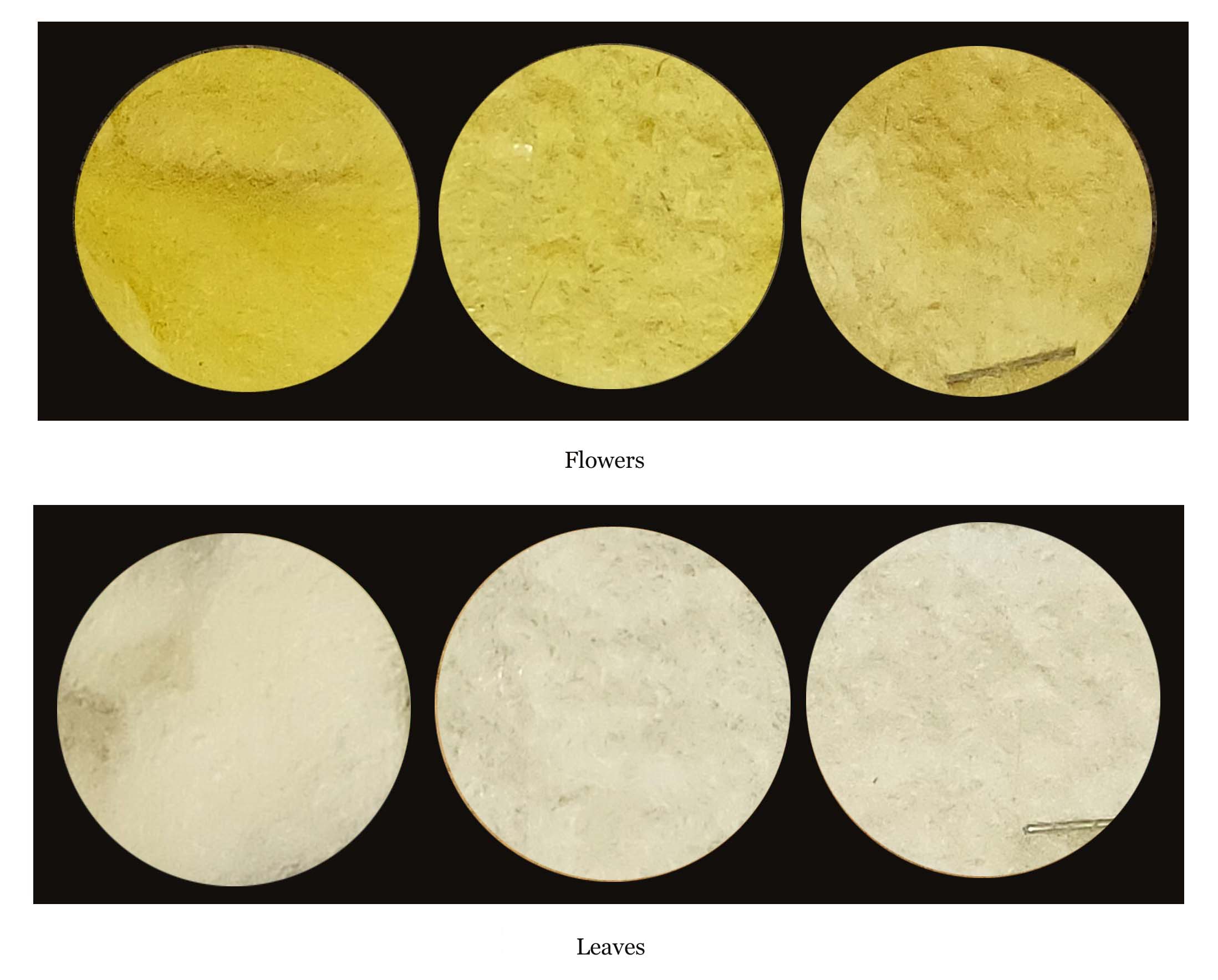
Join us on Instagram www.instagram.com/DyetoCraft
Etsy Shop Now open
If you like the idea of using organic naturally dyed threads in your craft but just don’t have the time, come and have a look at our Etsy Shop where you will find an array of beautiful colours provided by nature.

